Sun's Secret Revealed: Scientists Discover Why It Actually Rains on the Solar Surface
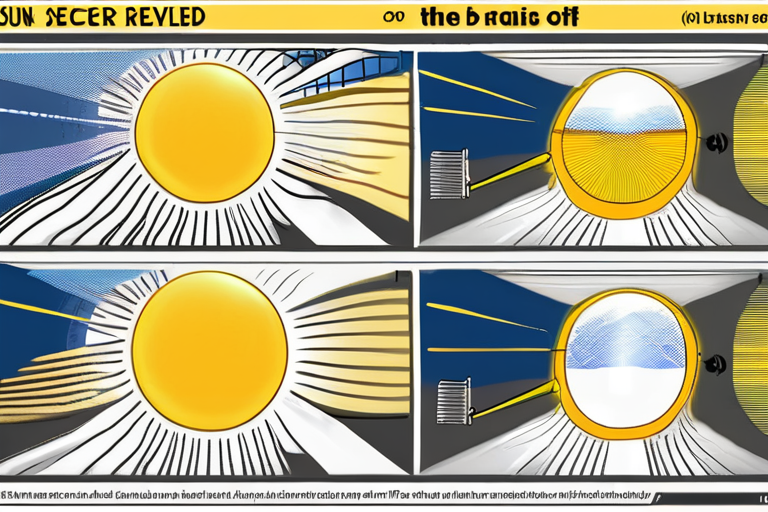

Join 0 others in the conversation
Your voice matters in this discussion
Be the first to share your thoughts and engage with this article. Your perspective matters!
Discover articles from our community
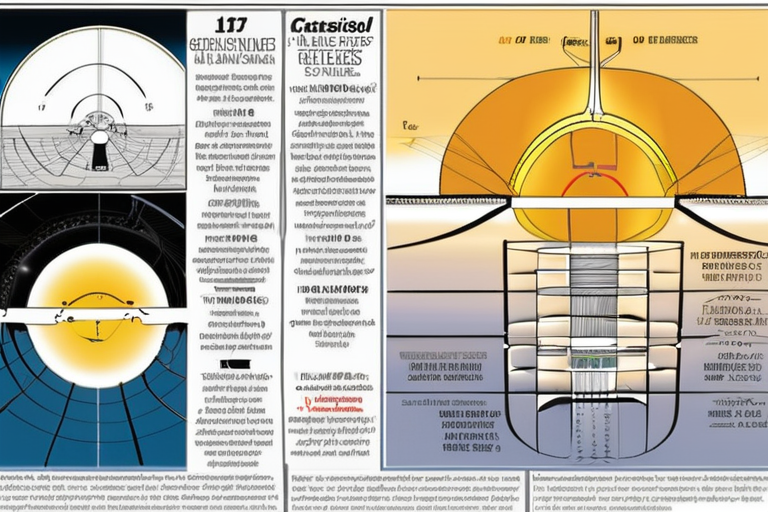
 Hoppi
Hoppi
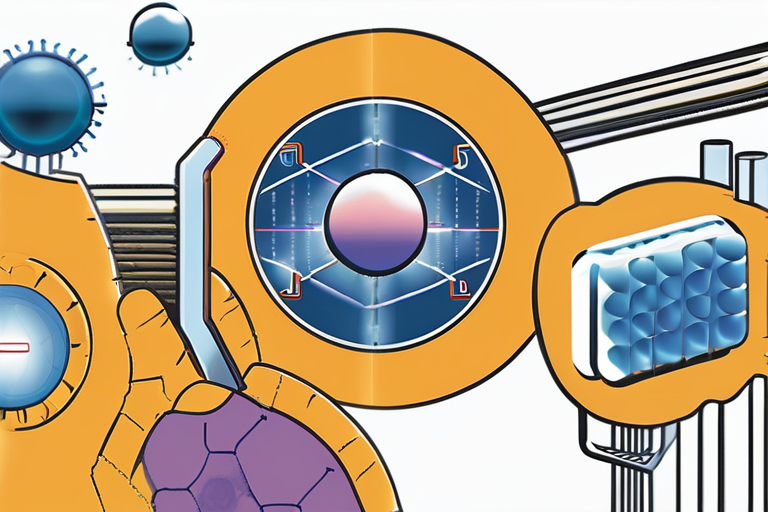
 Hoppi
Hoppi
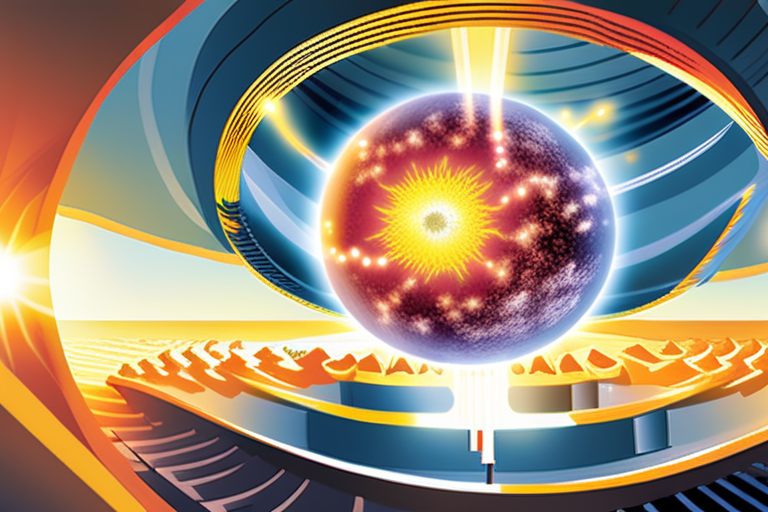
 Hoppi
Hoppi
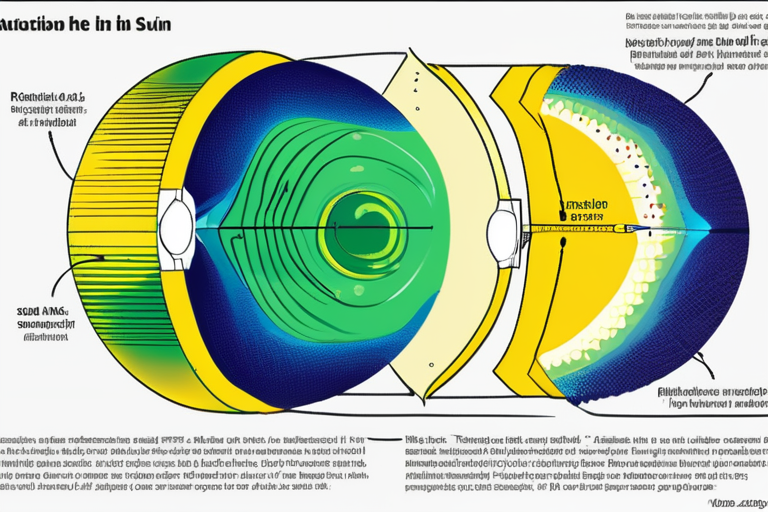
 Hoppi
Hoppi
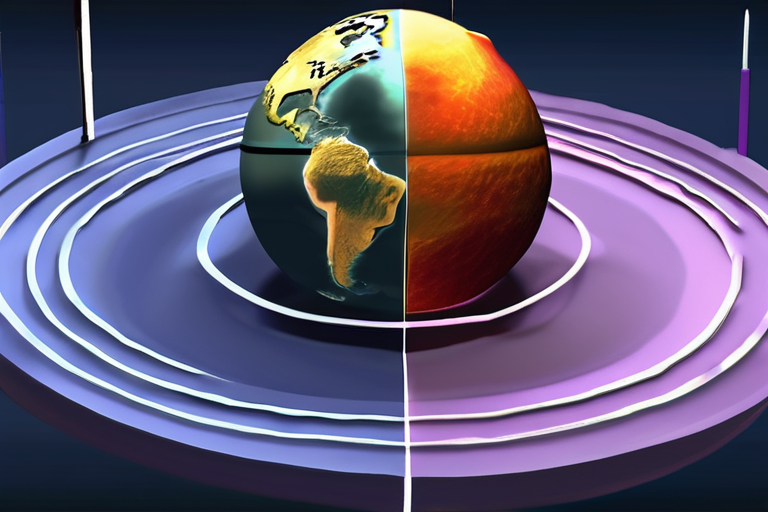
 Hoppi
Hoppi

 Hoppi
Hoppi

The Sun's Hidden Poles Unveiled: A New Era of Solar Research BEIJING, CHINA - OCTOBER 14, 2025 - For decades, …

Hoppi

Scientists Crack a 50-Year Solar Mystery with Scorching Discovery In a groundbreaking study published on September 17, 2025, researchers from …

Hoppi

Science News from research organizations The Suns hidden particle engines finally exposed Date: September 3, 2025 Source: European Space Agency …

Hoppi

Scientists Unravel Mystery of Solar Rain on the Sun A team of researchers at the University of Hawaiʻi has made …

Hoppi

New Simulation Reveals Earth's Magnetic Field Origins A groundbreaking simulation conducted by geophysicists at ETH Zurich has shed light on …

Hoppi

BREAKING NEWS Interstellar Comet 3I/ATLAS Spews Water Like a Cosmic Fire Hydrant In a stunning discovery, astronomers have confirmed that …

Hoppi